I’d like to break down the 5 Stages of Product Development for you. I’ve covered many components of this in other posts, but haven’t covered the typical process as a whole picture. What is product development as a process? This will give you the typical outline of the process using things like design thinking.
When you break down the process into five stages of product development, it will be easier to understand and follow. It isn’t mysterious when you make it bite-size.
When most people have an idea, they think it’s completely out of reach for them to bring their idea to life. It’s not. It just takes finding the right partner and resources. Ones who can navigate you through the process of developing an idea into a product that will help people and make you money. What could be a better result of your hard work?
Here I’d like to lay out the overall process into 5 stages of product development. This example is generic to make sure you learn about each area of the process.
Understanding the stages of product development will ensure you can communicate easily with your designer. You’ll be able to better vet them and ask better questions.
Stage 1 – Invent
Inventing something is often the first step to developing a product, but not always.
Ian Peterman, CEO Tweet
The very, very first step in Product Development is having an idea. Millions of ideas are generated every day by people all over the world. This is probably the “easiest” part.
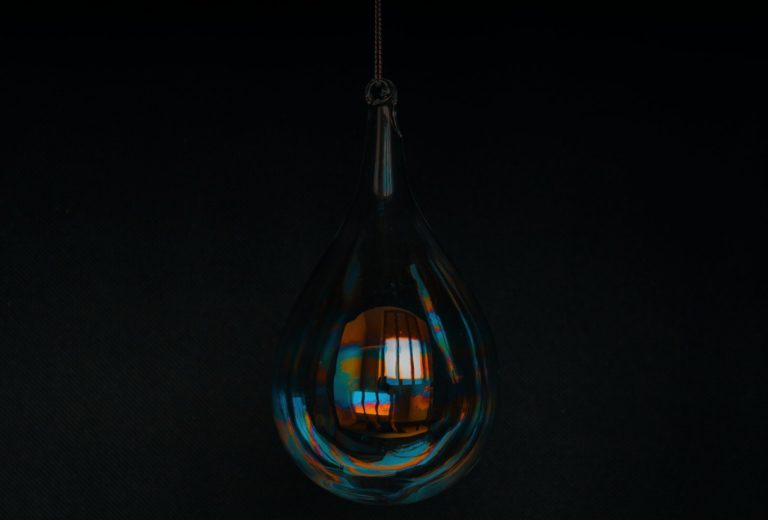
Everything after this point takes making decisions and taking timely action. While you have the first idea, you also need a Product Developer who can contribute more ideas. They need to generate new ones that will help support your idea on its path to becoming a successful product.
Once you have an idea, whether you do this first or with your Product Developer, you should validate the idea and determine its market. Is there a need for the product and does it solve a problem are two very important questions? Then, who would use this product?
Does it help seniors, children, cubicle workers, sports teams, or someone else? This helps you and your developer to understand what needs to be designed into the product. It also guides what shouldn’t be in the product to appeal to your best market.
If you can, make a mock-up of the product. Get the hot glue out and make some models. Or sketch, even if you think it’s the worst sketch in the world.
In some cases, your idea is so far out there it’s hard to communicate, or easy enough that you can grab a couple of images from the internet and say, combine these three things and make it orange!
This is your first prototype, and it’s just a concept one. Take your idea to your Product Developer and have them create concept artwork. If budget and time allow, get a physical conceptual prototype.
Stage 2 – Development
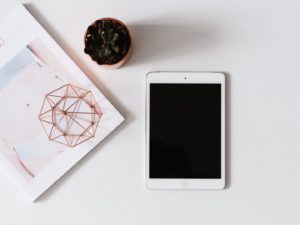
You should get an NDA (non-disclosure agreement) if you are going to ever think about getting a patent. Protecting your idea is important, even if you don’t patent it.
After you’ve got some concept artwork from your Product Developer you should think about involving a patent attorney. At the very least, consider getting a provisional patent and decide if it makes sense.
Either way, a free consultation with a lawyer who’s signed an NDA will let you know what you should do. Your Product Developer should have at least one referral for you on this.
It’s also worth your time for your developer to do a patent search now so you know if there are going to be hurdles that could stop your project.
Now it’s time to design your product. This is where we bring in our industrial designers. Your starting concepts will be expanded upon and further developed. The idea should become a product that meets your needs, follows your scope, and can be prototyped.
This takes it from a rough idea (with possibly some pretty renderings that have no grounding in reality) to (usually) a 3D CAD model or other models closer to a tangible state. Some things, like soft goods, usually don’t go into 3D. With those, you should still get more accurate 2D renderings created that show what the product will look like.
Once the design has been solidified to meet the requirements of the product, it’s time to get the first real prototype. Initial prototypes may not work completely the first time. In fact, they rarely do! This is where the idea becomes tangible and closer to its final form and is one of the best parts.
Stage 3 – Validate
Validating an idea is important, because without doing so you can end up launching the wrong product at the wrong time to the wrong market.
Ian Peterman, CEO Tweet
Using the first prototype, and others after it, we begin to validate the design. Often, mechanical engineers are involved in this stage and some before.

Does it work, how well does it work, where does it break, what do we like and not like about it? All of these questions are asked, the prototype is reviewed, and revisions are made. This can be the longest part of product development.
Hiring outside testing companies is one option for testing. You can also test yourself using the right equipment. This also gives the opportunity to get certain stamps or approval markings, such as the UL rating for electronics.
Those companies should be involved early on so changes are made earlier in the process. Certifications and the tests required can take a long time, especially in the medical and food industries.
The last thing your Product Developer can put together is a panel test or survey. Paying people to review your product, under NDA of course, can give you some great outside feedback. When done right, they are biased in the right way. There is no such thing as unbiased, you just want your actual target market to review.
Because they haven’t watched the entire process and aren’t involved, they will be the most unbiased you can get. This is why companies sometimes hire people to find problems with a product, because they want to actually incentivize people into finding what’s wrong, not just saying it’s great because that’s the easy answer.
This type of input can be made at any stage of the process, though better results are usually had when there is a tangible and working prototype.
Stage 4 – Produce
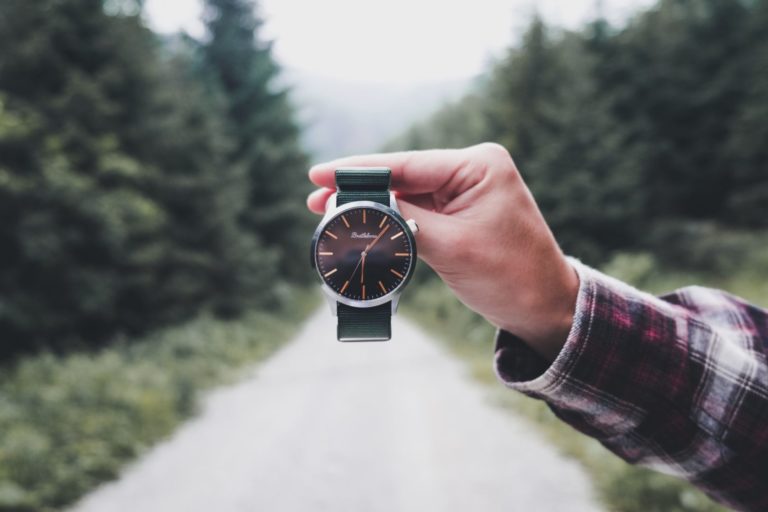
Production isn't always the most expensive part of development, but it's where you will feel the most accomplished.
Ian Peterman, CEO Tweet
At this point, you have a final design. Your product has been prototyped, validated, and patented; the whole nine yards. Now, the final design stage is here. One of the most important parts is design for manufacturability.
This process takes your final design and makes the tweaks and adjustments to make your product ready for full production. Often prototypes start out as things that would be hard to mass manufacture.
Costing is an important part of prototyping. Your product developer will be looking for ways to make parts lighter, stronger, or use off-the-shelf components if that’s what is desired.
The next step here, once you have something that can be produced, is to develop the packaging for the product. This can really start at any point in the process, but by now you must have a solid packaging option, even if it’s just for shipping the product, not for store shelves.
Packaging is an important opportunity to create a great customer experience and should never be skipped. Packaging of course goes through its own design and development process.
Launch a Product
You have two options now. Getting funded is your first option and one many people think of first. This is usually the next step as full manufacturing can be very expensive. Prototyping has the advantage of using advanced technologies such as 3D printing to accelerate and decrease costs.
Full manufacturing usually costs thousands to millions of dollars. Of course, this depends on how many units you need for a first run and how complicated your product is. A fidget spinner didn’t take much to manufacture the first thousand units. On the other hand, the iPhone cost millions of dollars and needed to have tens of thousands of units made in its first run.
Licensing
The second option is licensing. Instead of trying to get an investor, or putting your own money into producing a product, you can look to sell your IP (Intellectual Property). These could be an established business in your chosen market or a company that buys IP to resell.
Often, it’s a company that would rather buy the idea from you than spend the R&D budget and time to develop their own version. You will be able to develop the product quicker and cheaper than a big company. They can have massive overhead, just to keep lights on.
Stage 5 – Profit
The goal is to always have a profitable product, financially as well as environmentally and socially.
Ian Peterman, CEO Tweet
Did you choose the licensing option? If so, you are done, you’ve profited! You can now set off on thinking of your next great idea! If you don’t license, the next big step to making money is marketing. Product developers usually don’t help from here on.
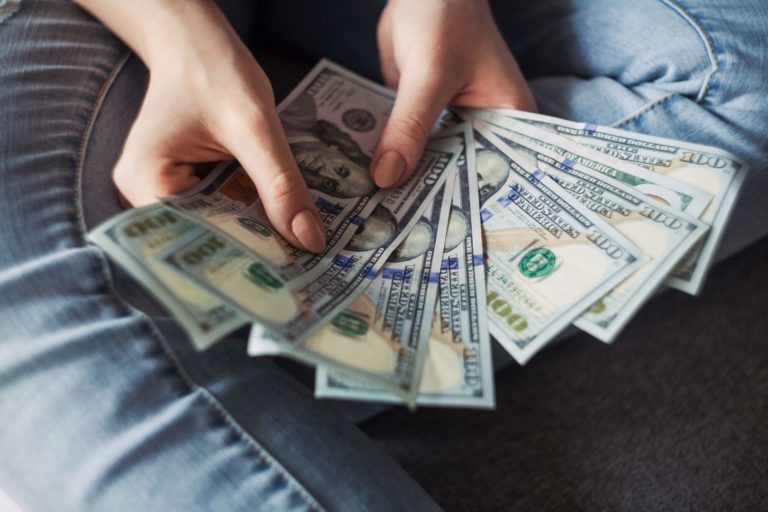
Marketers, branding agencies, and advertising firms are the experts here. The good product developers and firms out there at least have partners or referrals that they can send you to for developing your marketing strategy. Then there are Design Management firms who can do the entire thing for you.
They manage all the resources in product development through to launch and after. Website, branding, logos, names, advertising, it all falls under this. Everything you brought to your Product Developer to bring the product to the life you should bring to your marketers too.
They’ll need to know the who, what, and why to provide you the best resources and chance of success.
There are lots of options for selling your product. From Amazon to selling at shows and conventions, or a local Saturday market, and more. Between your marketer and Product Developer, you should have some options of whom to talk to about which direction you should take.
Shipping
Now it’s time to ship your product and have the money come in. Good job!
It is impossible to guarantee that your product will be a wild success. I can, however, promise that every successful product followed a path similar, if not exact, to what I’ve outlined here. These stages of product development are universal and even apply to digital products.
Meeting with a good Product Developer is key to navigating these steps. With the right product developer, the stages of product development become bite-sized and easier to tackle. Even without one, this will serve as your guide. Now make your product a reality.
This is the general process of product development that many others have shared. Here at the Peterman Firm, we use our own process of conscious design and development called the Peterman Method™. Our process improves the status quo and let’s us make greater impact for our clients.
Your Next Steps
Related Conscious Design BLOG Posts
3 Things You Should Know About Designers and Engineers
Designers and engineers are both part of a great product development team. They approach problems differently, which is very valuable.
7 Ways to Annoy Your Designer – and You
I’d like to go over a few things that you shouldn’t do with your designer, unless you don’t want to work with them of course.
Where to Find the Best Developers (and not to)
Where do you go to find developers? Well, many people do that in all the wrong places. There are many job sites for freelancers, and sometimes businesses. Then there are more reputable places to find higher end developers and firms. These have all the skills and tools required to really develop your product. Last but not least, there are the places people go where almost no good designers are. When I was starting out, I started on Craigslist and other free places I could put an ad on or look for projects I could work on. The price of course was I couldn’t charge much for what I did and the jobs weren’t bit. I did get a lot of work because those places are where most startups look! To save you from only looking in one place, I’ve put this post together! I’d like to help you in looking in the best places, not just craigslist. (Yes, I’ve gotten a lot of work from there, but I’ve also seen a lot of my clients get burned through low end developers and designers there and other cheap places). *DISCLAIMER: To be clear there are some great people on all of these places, these are generalized for what quality and type of developer you will find in each area. If you are willing to look for diamonds in the rough, go for it. Also know that there are firms who look great and are in all the right places, but can’t actually follow through. I built an entire design firm off of Craigslist earlier in my career, but I outgrew it as I got the experience needed to do so. The places not to go! Forums, chat rooms, and craigslist are the bottom of the list of where to find great developers typically. Sure, you can sometimes find them. A lot of people who don’t know where to start developing their product turn to these places. The skill pool however is mostly college students, low experience workers, and startup firms. If you are looking for someone to do the work for free and are ready to pay the price for free work, then these are the types of places to go. BLANK Ian Peterman, CEO Tweet Places you can go but you still have to filter. Freelance websites, these range all over the place. There’s the usually super cheap fiverr, where many services start at only $5. Upwork is another one, more reputable, but still just outsourcing to cheaper labor pools. It’s easy to find cheap developers in these places. I’ve been a part of many different sites like this and have explored both sides of the equation. What I see is that these sites charge money to developers to attempt to begin a bidding war over your project. It’s great for you, you get lots of options, have no financial worries because of the sites terms, and usually you can find people able to do the work you need at lower costs. As a developer, or many other services there, it’s a giant price war. I’ve gone back and forth on having a presence in the top few sites for my firm, the larger sites also offer firms and groups the ability to do work there. Right now, you won’t find me active on any of these sites. To much price war for me. The best are here. BLANK Ian Peterman, CEO Tweet There are a few places where the best get themselves added to. The Design Directory is one of my top 3 places to find other development firms. Dexigner Directory is another favorite that has a large range of firms and is another place where top firms are listed. Clutch is probably top of the three. They actually phone interview your clients to get verified testimonials, which is great for you the client. This doesn’t mean that everyone in these directories is an expensive top 5 firm for each category. What it does mean is that a human has reviewed each of these firms/designers and approved them. They can also remove listings if and when they decide. These directories are only as good as the quality of their listings, so it’s in their interest to have good firms. The best place to find top quality services is to find out who the top 5 firms are in your industry or needed service. From there, see who else is there and you should have a few options. It’s not foolproof, but it’s a good meter to see where the best is. There are outliers in each of these places, both great and terrible. No magic way to filter everything. This will give you at least an idea on where you’ll have the most success finding what you are looking for. Your Next Steps Developing Smart Products 5 Common Issues When Hiring a Product Developer product developer product development What Do You Bring to a Developer develop Related Conscious Design BLOG Posts Author Mr. Peterman View all posts

